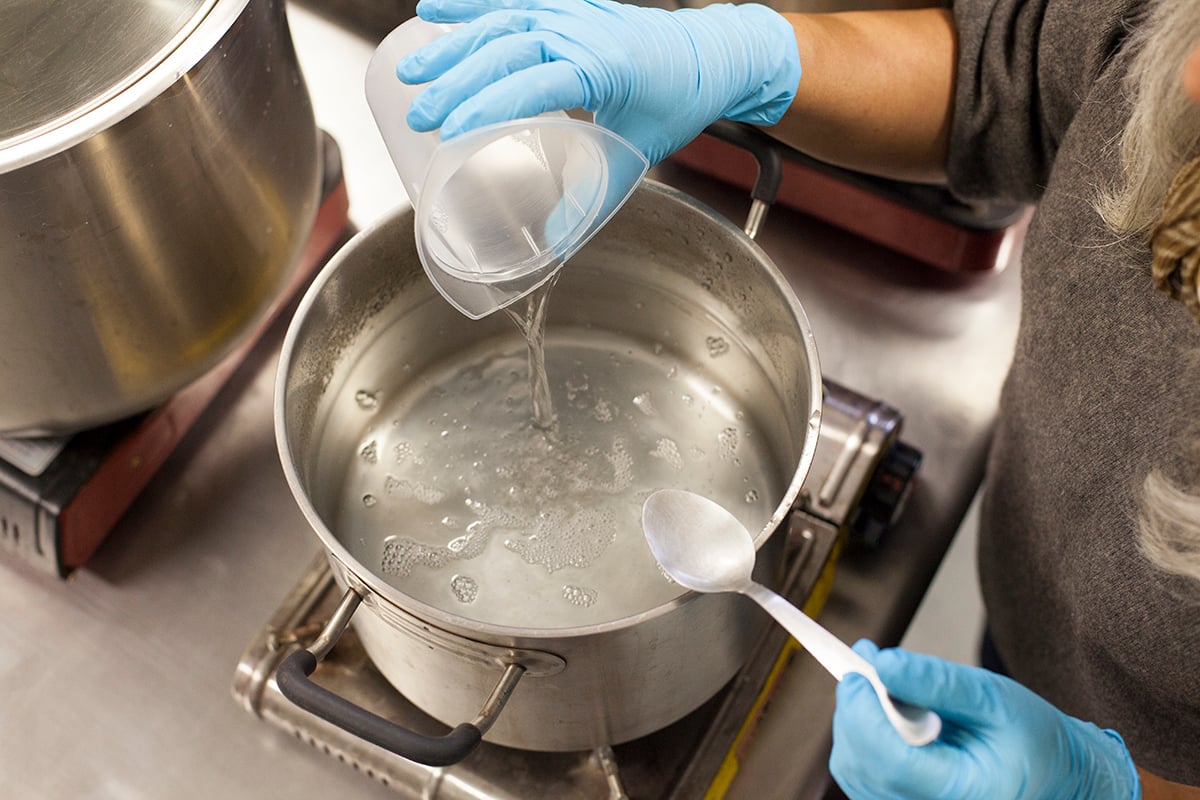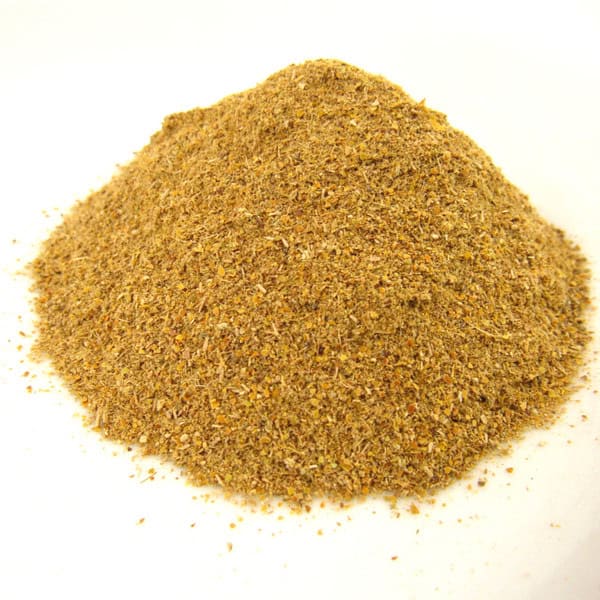This week: A detailed answer on non-toxic alternatives to mordanting
Every week, we are emailed with questions from our natural dye community asking simple and complex questions that we thought might be worth sharing. Of course, all of your burning questions are answered by natural dyer in chief, Kathy Hattori, Founder of Botanical Colors.
I’ve been on the search now for a long time for non-toxic alternatives to mordants. I’ve seen a few things like creating a rusty bath from old nails but who knows when that comes to a boil maybe that is just as toxic as using alum? Does this even exist? I really need some sound advice-can you share some of your thoughts!?
This is a difficult question to answer because it sounds like you don’t want to use any minerals or “chemicals” in your dyeing, but the use of some type of mordant is considered the best way to get lasting color on textiles. Mordants are integral to natural dyeing, and mordants such as aluminum sulfate or potassium aluminum sulfate, commonly referred to as alum, are considered non-toxic when used properly. Both the alum and the iron that we use are food grade products, and are commonly found minerals. Fortunately, the most dangerous mordants (copper and chrome) are now frowned upon in natural dye practices and are forbidden in organic textile processing.
If mordants in general are a concern, the safest way to dye without mordants is to focus on the colors that don’t require them, such as indigo made with a fructose or henna vat, or substantive dyes which don’t require a mordant. If your concern is breathing vapors from mordant or dye baths, invest in a good respirator with the appropriate cartridges and work in a well ventilated space. You can also cold mordant and avoid vapors altogether. We also recommend the use of gloves and safety goggles if working around large amounts of powders or vapors. Our studio practice is to “suit up” when measuring dyes and ingredients – always.
There’s another category of fixatives that are not mineral mordants, and those are tannins. Nearly every plant dyestuff contains tannin, but the historically important tannins are: gallo-tannin, tara, myrobalan, cutch, walnut, quebracho moreno, chestnut and pomegranate. Each of these function as a tannin mordant, which on cellulose fibers, affixes natural dyes. Note that each tannin has its own color profile that will influence the natural dye that is used with it, or of course, they may be used alone.
Symplocos
If you still want to use alum but are looking for a plant-based source, consider symplocos. The plant is an alum accumulator, drawing the mineral through its root structure, and the dried leaves are used as a mordant, with very good results. It’s expensive, but its use supports marginalized communities in Indonesia and the mordant bath may be re-used a couple of times.
Ferrous sulfate is not safe for children or pets in large amounts, so should always be kept out of reach, but iron oxide (rusty nails) can be an alternative. You shouldn’t need to boil it and consider using it as a cold post-bath to avoid fumes. In India, it is combined with sugar water and fermented prior to use.
Finally, I am often asked if soy is a mordant. My understanding is that soymilk is a binder, and “glues” the pigment or dye to the fabric. A mordant such as alum chemically bonds with fiber and has ions that attract the dyestuff color. The function and durability are different but it’s possible to use soy as an alternative and your experiments will help you decide the best way to affix color.


